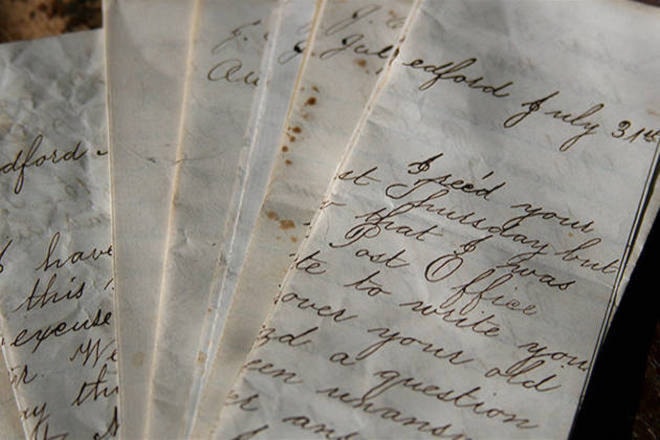Of railroads and reconciliation
In the interest of full disclosure, I am a member of FORT-VI (fortvi.ca). A group that wants to see the E and N rail bed that has lain dormant, rusting and rotting away for 10 years, immediately converted into a world class active transportation corridor, linking all of the coastal communities it passes through, both First Nation and settler, in what could come to be known as the Salish Coast Connector Trail.
On Vancouver Island, beginning in the 1880s through until the early 1900s, the tiny postage stamp parcels of land designated as Indian reservations were further reduced and divided by the 100 ft wide swath of the E and N railroad that pushed through the First Nations communities with no consultation and little to no compensation. The result being that they literally had trains whistling through their back yards, disturbing their peace and accompanied by the inevitable collisions with people, pets and livestock that are all too common with life near the tracks.
Of course, I cannot speak for any First Nations person or tribe, but I know that if the tracks ran through my back yard the last thing that I would want would be the return of trains to the railbed. I might be willing to accept bikes and pedestrians using part of the railbed or some preferable path as a safe alternative to walking and cycling on the highway. Or I might want the land for housing or commercial purposes, but certainly I would want the right to decide the fate of the derelict train corridor through my land.
The climate change and economic benefits of thousands of people commuting between and exploring our communities on a safe level trail reserved for low-speed cycle and pedestrian traffic are potentially immense. Of course, there are the voices that say we must bring back the trains, and I would love to see that, but the complete lack of interest in doing so by successive senior governments and the 240 dangerous, level crossings along its length, ensure that it will not happen in the next 10 years; if ever. Those voices also warn that if the corridor is used for anything else other than its original purpose, the land through the First Nations reservations would have to be returned to those First Nations.
It would be a shame to lose the connectivity that the corridor could, but currently does not provide, and I would love the trail to be contiguous and see the benefit that could flow to First Nations from the trade and commerce it could bring to their communities. But in our current reality of stark horror at the residential school deaths of so many innocent First Nations children; when reconciliation is on the minds and the lips of so many of our leaders; maybe the time has come when in pursuit of a way forward that does not layer on and perpetuate historic harm, we must ask First Nations, “What would work best for you and your communities”.
Perhaps honestly asking the questions, seriously listening to the answers and acting with honour and integrity while acknowledging past transgressions and atrocities is the path to peaceful, prosperous, coexistence and one step at least down what could be the long path to reconciliation; regardless of whether that path has rails or trails or some combination of the two. But the bottom line in my opinion is that it should be the right of the affected First Nations to determine the fate of the E&N right of way that was stolen from their meager reservations 100 years ago.
I am embarrassed and ashamed of the role my ancestors and myself played and continue to play in this colonization that has systematically worked to destroy First Nations and their culture, but I am not afraid to admit it, or to challenge myself and others to actively be part of the solution to the problems that our settler society created. I am ready to apologize and accept that I/we have a problem that has been manufactured over generations through abuse and systemic racism. Maybe humbly acknowledging this truth as we move forward together is in part what the path to reconciliation looks like.
David Slade
Cobble Hill
